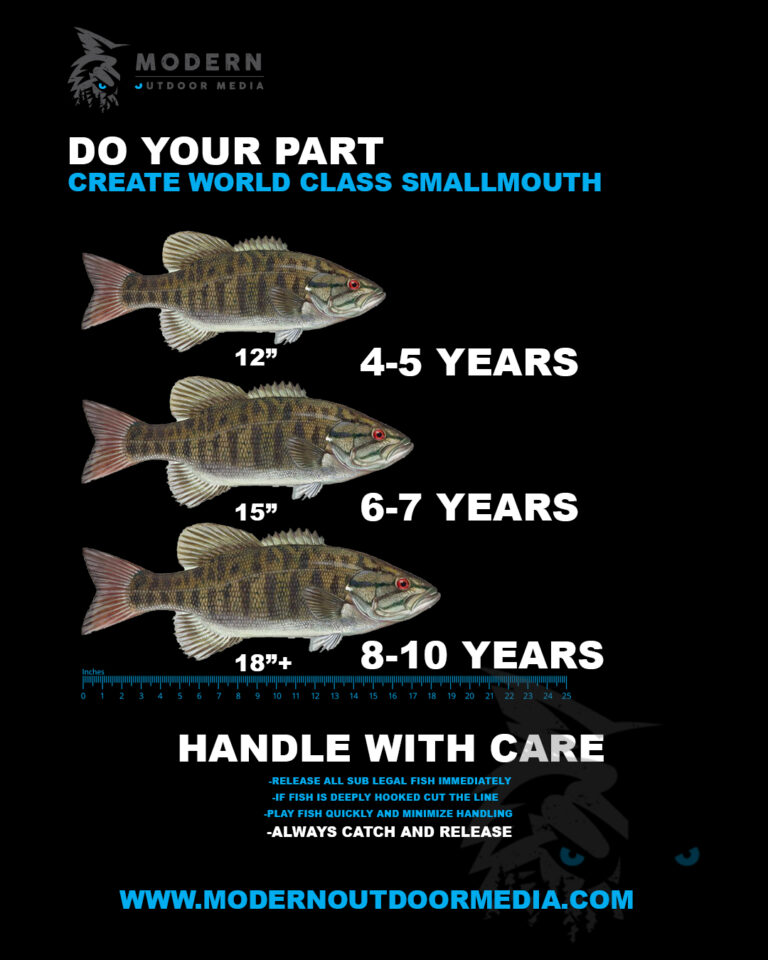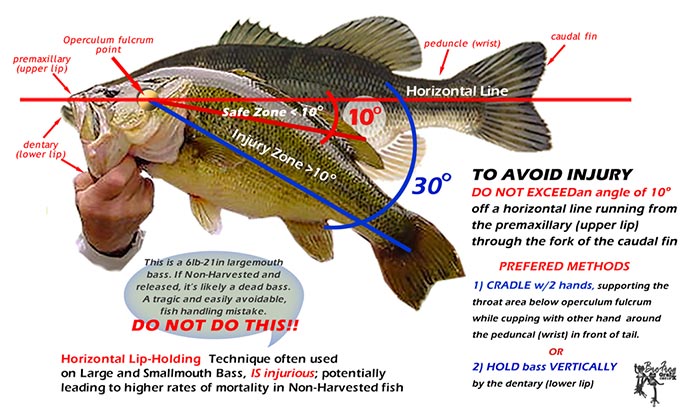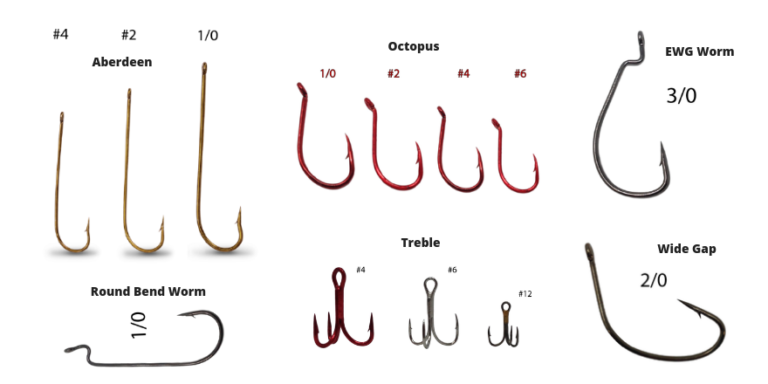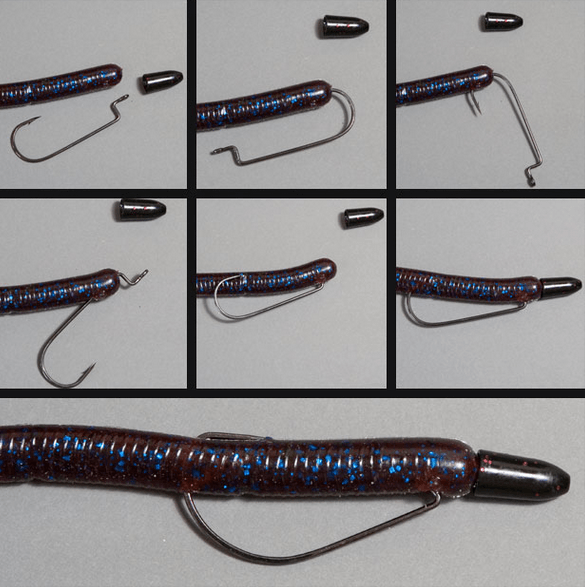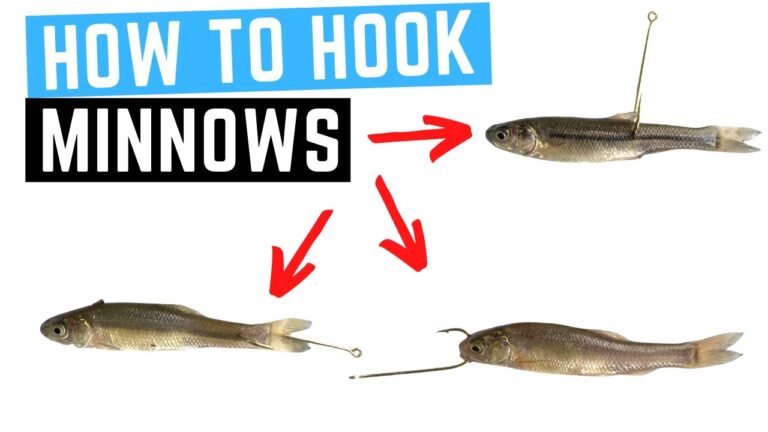How to Catch Hybrid Striped Bass
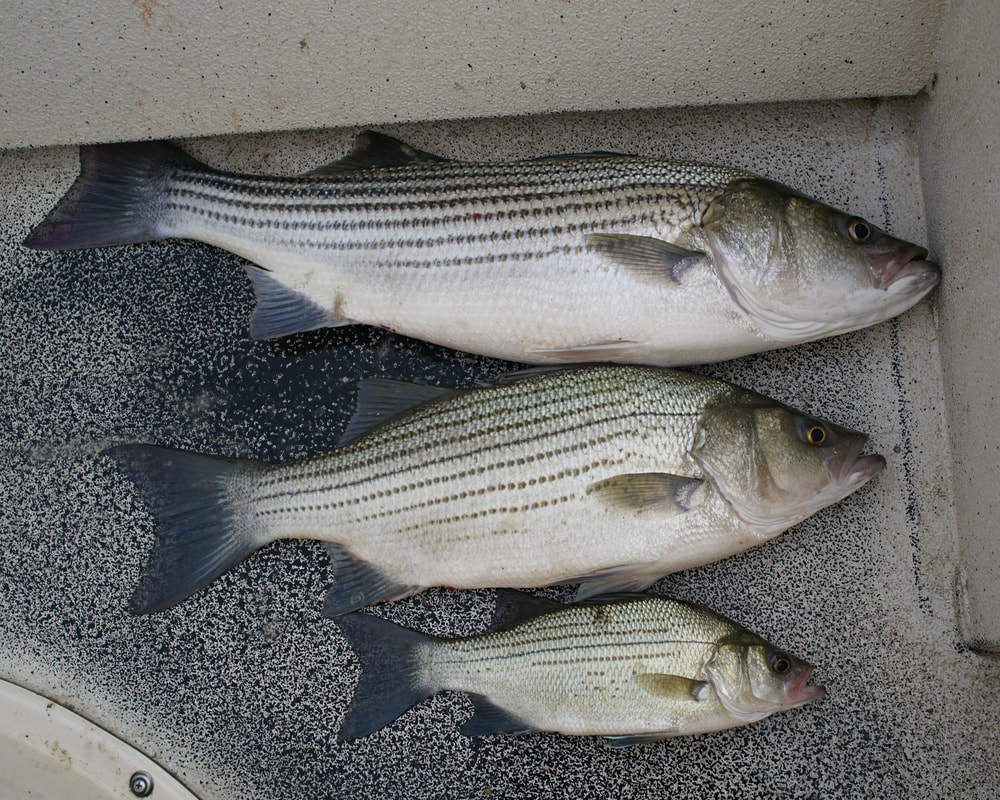
To catch hybrid striped bass, use live bait like shad or artificial lures that mimic small fish. Focus your fishing efforts in areas with moving water or where baitfish are plentiful.
Hybrid striped bass, a cross between white bass and striped bass, present an invigorating challenge for anglers. Known for their vigorous fight, these fish are often found in reservoirs, rivers, and lakes. Targeting them requires understanding their behavior—hybrids tend to school and aggressively pursue baitfish near the surface during dawn and dusk.
Anglers should look for signs of surface feeding, such as birds diving or fish breaking water, as these indicate active feeding. Effective fishing techniques include trolling, casting, or drift fishing using a variety of tackle, like heavy spinning or baitcasting gear. Considering the environmental preferences of hybrid stripers, such as their affinity for cooler, well-oxygenated water, can significantly increase your chances of a successful catch.

Credit: en.wikipedia.org
Tackling The Basics
Choosing the right gear is crucial to successfully catch hybrid striped bass. Use medium-heavy rods with fast action for the best sensitivity. Opt for 10 to 20-pound test line to handle the strength of these fish. A reliable spinning or baitcasting reel pairs well with aforementioned rods. Lures should include vibrant crankbaits and soft plastics that mimic small fish.
Understanding hybrid striped bass habits leads to more catches. These fish love cooler water and often school in open water chasing baitfish. Look for areas with current disruption, such as points, humps, and drop-offs. Fish during dawn and dusk, when they are most active. Notice birds diving? They are likely feeding on baitfish, which means bass are not far below.

Credit: fisheries.tamu.edu
Prime Locations For Hybrid Striped Bass
Finding the best spot for catching hybrid striped bass demands knowledge. Lakes and rivers with abundant forage like shad attract these predators. Look for areas where water churns, such as near dams, creek mouths, and wind-blown shores. These zones offer ample food, making them prime fishing locations.
During spring and fall, hybrids often pursue prey in shallow waters. This seasonal movement makes them accessible to anglers. Search for spots where birds dive; this signals active feeding. Underwater structures, like humps and drop-offs, are key summer and winter spots. Here, hybrids find cooler, oxygen-rich depths.
Effective Baits And Lures
Hybrid striped bass love live bait such as shad and bluegill. To enhance your chances, use brightly colored bobbers. Bobbers help track bait and notice bites.
Keep live bait lively and fresh for the best results. A slow trolling method with live bait can be very effective. It mimics natural movement, attracting bass.
Choosing artificial lures requires understanding bass preferences. Vibrating jigs and spinnerbaits work well due to their motion and sound in the water. The right lure color depends on the day and water clarity. Try silvers during sunny days and darker shades in cloudy settings.
Fishing Techniques And Tactics
Catching hybrid striped bass requires knowing the right techniques. Effective casting starts with choosing the proper lure. Use a medium-action rod for the best control. Ensure your retrieval speed matches the lure’s design. Varying speeds can entice unsure fish.
Trolling is a method where you pull lures behind a moving boat. This mimics injured prey and attracts bass. Use a depth finder to locate schools of bass. Keep your boat at a consistent speed. Match the depth of your lures to where the fish are swimming. Success in trolling often hinges on maintaining the right speed and depth.
The Best Times To Fish
Hybrid striped bass feed most during dawn and dusk. Bright light conditions can reduce their surface activity. Summers bring peak feeding times earlier in the morning. Winter shifts the peak later in the day.
Weather patterns are key to their behavior. Warm fronts improve chances of a catch. Storms make fishing tough. A stable weather pattern is best for a successful day on the water.
Conservation And Regulations
Understanding size and bag limits is vital for hybrid striped bass fishing. States have specific rules to protect these fish. Know these rules before you head out.
Each state sets its own minimum size limit. Find out from local agencies. This prevents taking young fish. It gives them time to grow and breed.
Bag limits control how many fish you can keep. States change these often. Check for updates to stay within the law. This helps keep fish numbers healthy.
- Check state regulations for current size and bag limits.
- Fish with care and release small fish quickly.
- Keep the water clean and dispose of trash properly.

Credit: dep.nj.gov
Frequently Asked Questions Of How To Catch Hybrid Striped Bass
What Is The Best Lure For Hybrid Striper?
The best lure for hybrid striper fishing is a live shad or artificial lures such as swimbaits, spoons, or jigs that mimic small fish.
How Do You Fish A Hybrid Striped Bass?
To fish for hybrid striped bass, use live bait like shad or artificial lures resembling prey. Cast near schools, structure, or current breaks. Employ steady retrievals and vary your speed. Early morning or twilight hours often yield the best results.
Always check local regulations before fishing.
Are Hybrid Striped Bass Good To Eat?
Yes, hybrid striped bass are excellent to eat. They have a mild, sweet flavor and a firm, flaky texture that makes them popular among seafood lovers.
What Is The Best Bait For Striped Bass?
The best bait for striped bass includes live eels, bunker, bloodworms, and cut bait like mackerel or clams. Artificial lures like swimbaits and spoons also prove effective.
Conclusion
Catching hybrid striped bass can be a thrilling experience. Arm yourself with the right gear, master the techniques, and choose the optimal times and locations. With patience and practice, the mighty hybrids will likely grace your line. Happy fishing and tight lines!
